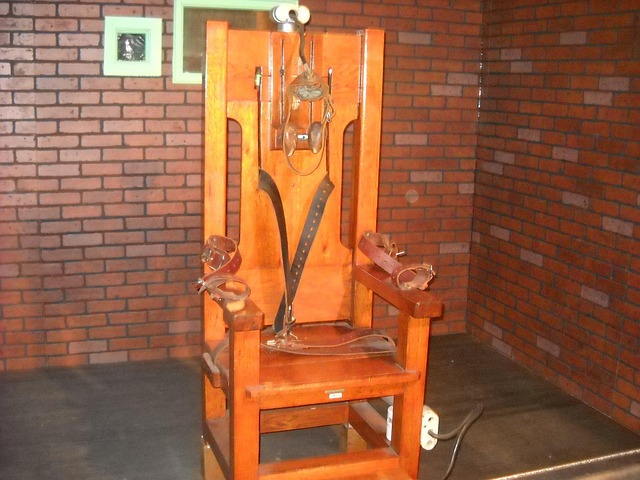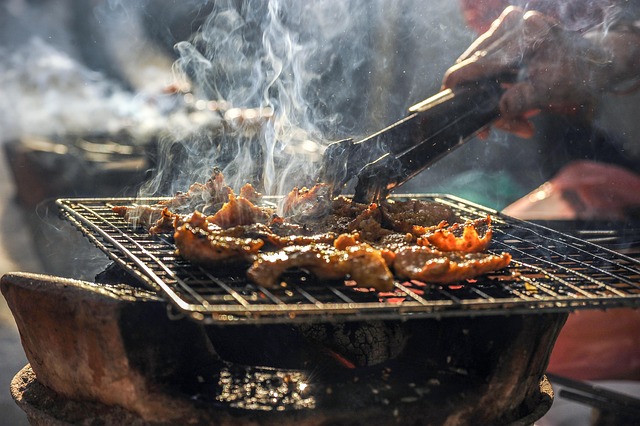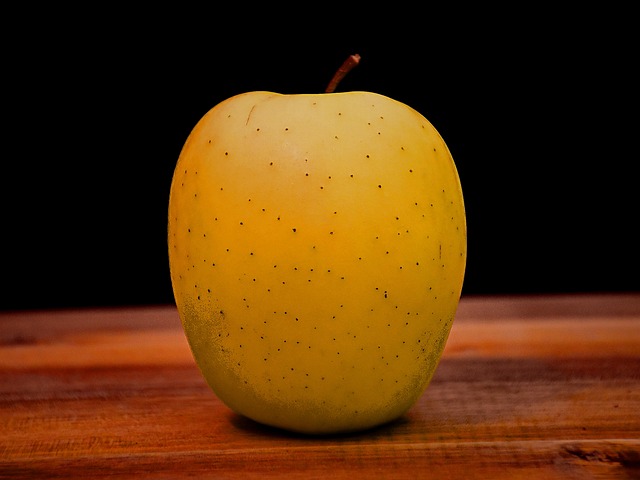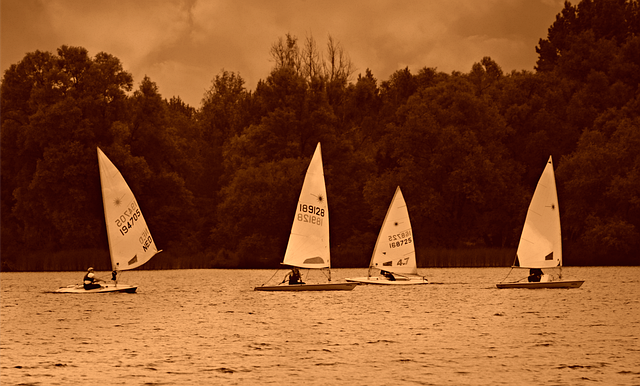
Fire Sprinklers
Introduction to Fire Sprinklers
Fire sprinklers are an essential component of modern fire safety systems. They are designed to detect and suppress fires automatically, providing a crucial line of defense in protecting lives and property. Understanding how fire sprinklers work and their historical development can help in appreciating their importance in fire prevention.
How Fire Sprinklers Work
A fire sprinkler system consists of a network of pipes filled with water and equipped with sprinkler heads. These heads are activated when the temperature in the vicinity exceeds a predetermined threshold, typically around 155°F (68°C). When activated, the sprinkler head releases water directly onto the fire, helping to control or extinguish it.
Historical Development
The concept of fire sprinklers dates back to the early 19th century. In 1812, British inventor Sir William Congreve patented a manual sprinkler system. This system utilized perforated pipes installed along the ceiling of a building. When a fire was detected, a valve outside the building could be opened to release water through the pipes.
However, the first automatic fire sprinkler system was invented by Hiram Stevens Maxim in the late 19th century. This innovation was prompted by the frequent fires at a furniture factory. Maxim's design not only extinguished the fire but also notified the fire station, significantly improving response times.
Types of Fire Sprinklers
There are several types of fire sprinklers, each designed for specific applications:
- Wet Pipe Sprinklers: These are the most common type, where the pipes are filled with water at all times. They activate immediately when the sprinkler head is triggered.
- Dry Pipe Sprinklers: These systems are used in areas where freezing temperatures are a concern. The pipes are filled with air, and water is released only when the sprinkler head is activated.
- Pre-Action Sprinklers: These require two triggers to activate—first, a fire detection system must sense smoke or heat, and then the sprinkler heads will release water.
- Deluge Sprinklers: These are used in high-hazard areas and release water from all sprinkler heads simultaneously when activated.
Benefits of Fire Sprinklers
Implementing fire sprinkler systems offers numerous benefits:
- Life Safety: Sprinklers significantly reduce the risk of injury or death in the event of a fire.
- Property Protection: They help minimize property damage by controlling fires quickly.
- Insurance Benefits: Many insurance companies offer discounts for buildings equipped with fire sprinkler systems.
- Reduced Firefighting Costs: By controlling fires early, sprinklers can reduce the resources needed for firefighting efforts.
Installation and Maintenance
Proper installation and maintenance of fire sprinkler systems are critical for their effectiveness. It is essential to have these systems installed by qualified professionals who understand local codes and regulations. Regular maintenance checks should be conducted to ensure that the system is functioning correctly and that all components are in good condition.
Conclusion
Fire sprinklers are a vital aspect of fire safety, providing an effective means of controlling and extinguishing fires. Their historical evolution from manual systems to sophisticated automatic designs reflects the ongoing commitment to improving fire safety standards. Understanding the types, benefits, and maintenance of these systems can help individuals and organizations make informed decisions about fire prevention strategies.

















 The Local Law Enforcement Non-emergency Line
The Local Law Enforcement Non-emergency Line 
 Health
Health  Fitness
Fitness  Lifestyle
Lifestyle  Tech
Tech  Travel
Travel  Food
Food  Education
Education  Parenting
Parenting  Career & Work
Career & Work  Hobbies
Hobbies  Wellness
Wellness  Beauty
Beauty  Cars
Cars  Art
Art  Science
Science  Culture
Culture  Books
Books  Music
Music  Movies
Movies  Gaming
Gaming  Sports
Sports  Nature
Nature  Home & Garden
Home & Garden  Business & Finance
Business & Finance  Relationships
Relationships  Pets
Pets  Shopping
Shopping  Mindset & Inspiration
Mindset & Inspiration  Environment
Environment  Gadgets
Gadgets  Politics
Politics 